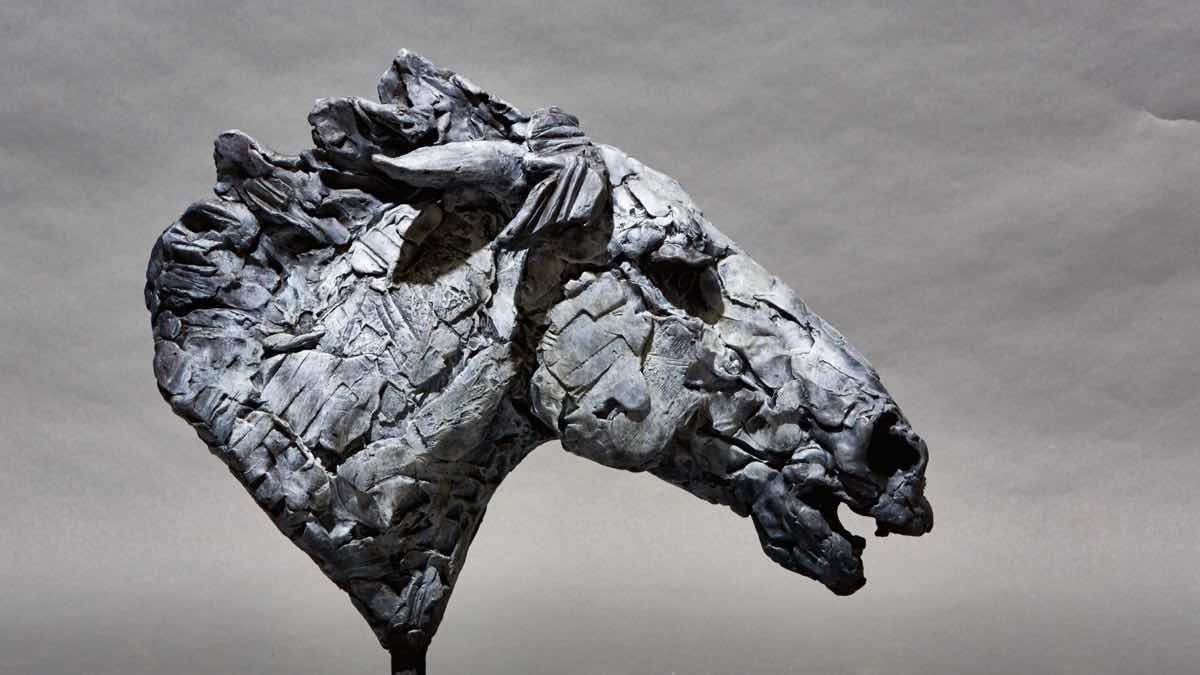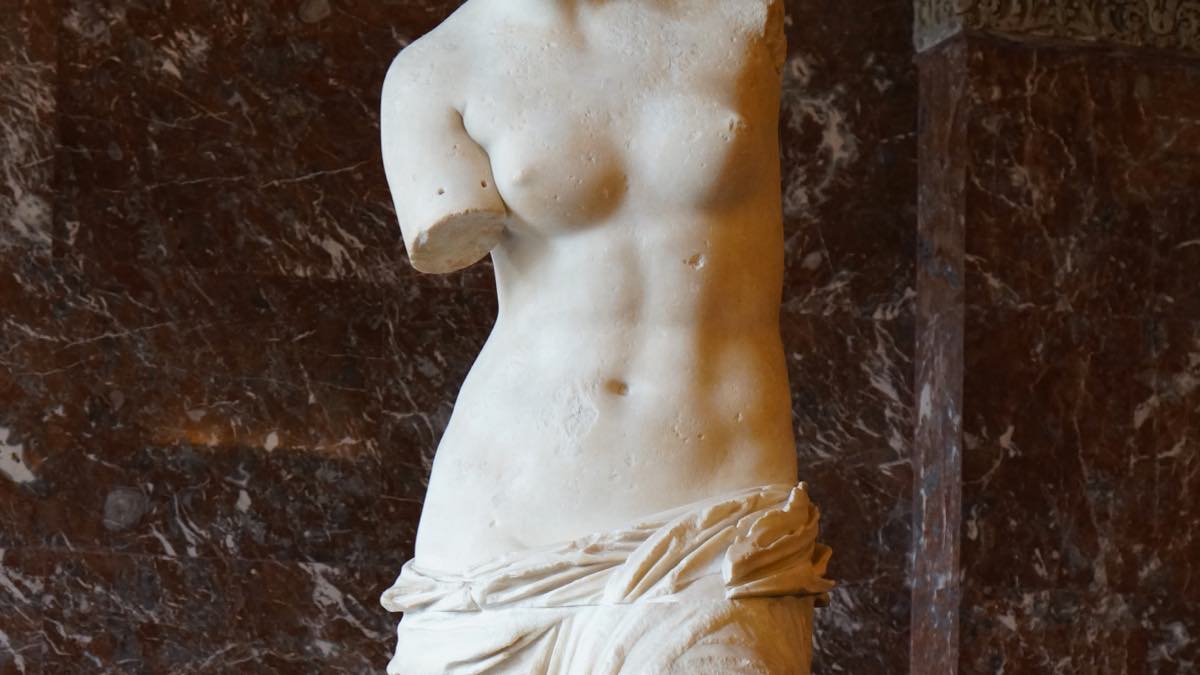
The Stories Behind 5 Famous Animal Sculptures
Every work of art has its own unique story behind it. That might well be an intentional concept that the artist wishes to address, or a more ambiguous representation of the artist’s life and journey to where they are now. As the world of contemporary art has evolved, some incredibly sophisticated visual themes have developed. Many of these themes and motifs are articulated through the image of animals and nature. The connotation of the lion gestures to strength and steadfast leadership, a flock of birds soaring over the hills alludes to a cathartic freedom. From the works of Jeff Koons to Louise Bourgeois, discover the most famous animal sculptures in contemporary art and the story of how they each came to be!
1. It’s a celebration!

Jeff Koons is the quintessential pop culture artist of the contemporary world. Inspired by Warhol’s pop art representation of commercial objects, Koons’ work has gestured to the childish nostalgia and experience of growing up in a rapidly-evolving modern world. His 1994 Celebration collection embodies this, and one of the most iconic pieces exhibited here was the Balloon Dog. Standing at 10 feet tall, the sculpture (now a widely produced piece) represents the popular party object, in highly polished and shiny stainless steel. Lighthearted and childish as the piece might initially appear, it is hard to ignore the sentimental interpretations of the piece which have emerged. Koons himself commented that the dog represents the human experience as we, like the sculptures, inhale air to sustain ourselves. Others have suggested that the structural rigidity of the steel sculpture implies the importance of childhood nostalgia, and holding childlike memories close to us.
2. Where art meets activism

The work of Rafael Gómezbarros has been hailed for its deeply conceptual commentaries on civil conflict and insubstantial national security policies in his native country. Perhaps one of the most symbolic pieces in the artist’s repertoire, is his Casa Tomada. The installation consists of hundreds of individual sculptures of 50-centimeter long ants deployed across buildings and exhibition halls. It has been regarded as a representation of civic protest against bureaucratic injustices. It was exhibited notably at the Saatchi Gallery in London, and on various historical and political buildings in the artist’s native Colombia. A certainly warped visual experience, the connotation of hard labor and complex social hierarchies is effectively communicated through this imposing representation of an ant colony. Indeed, this piece is a stellar example of both the conceptual and visual power of art in social activism.
3. Childhood classics

Also, another immensely popular animal sculpture of the contemporary world is KAWS’ Mickey Mouse. This work has featured both in international galleries and private collections across the globe. The artist began his career during his adolescence in Jersey City in 1974, as an underground graffiti artist. Upon graduating from the School of Visual Arts in New York City, he worked as a freelance animator for Disney. Afterwards, KAWS became an independent artist. In many ways his Disney reworkings have been regarded as an homage to KAWS’ career journey.
The piece has also been described as an ode to the aesthetic styles of Keith Haring and Jean-Michel Basquiat. Both of these artists deeply inspired KAWS. The Mickey Mouse sculpture, which has been reproduced both at 18-ft tall and 36-ft tall, depicts the iconic cartoon character in a monochromatic color palette covering his eyes. This position, in addition to the artist’s use of Xs, has become a motif across KAWS’ work. It lends itself to a sense of anonymity in the sculpture, despite the subject being a recognizable image of popular culture.
4. The elephant in the room

Furthermore, Joanna Malinowska’s Boli is housed at the Saatchi Gallery in London. It was produced in 2009 from wood, plaster, a sweater, excerpts from Spinoza’s treatise on Ethics, and a liter of water. The sculpture certainly captivates its viewer, standing at 2 meters tall in the center of the exhibition room. It has been suggested that the slightly ambiguous bovine shape of the piece is reminiscent of a traditional object which is central to an indigenous culture in West Mali, Africa. The artisanal visual impression of the work gestures to the traditional practice of building figurines to be used in worship and ritual ceremony. The Boli sculpture is in many ways an embodiment of the artist’s interest in anthropology, ethnology, and art history. Malinowska’s work often addresses the experiences of marginalized communities and brings a variety of traditional and cultural practices to light for her Western viewers.
5. Remembering family

Let’s draw our exploration to a close with Louise Bourgeois’ 1999 sculpture, Maman. It is made of bronze, stainless steel and marble, depicts a spider which stands at 30 feet tall. Similarly to Gómezbarros’ ant installment, the sculpture is striking, namely for its exaggerated rendering of insects. Bourgeois plays on the generally unsavory attitude towards spiders and other insects: she names the sculpture Maman, translating as “Mommy” in French, and tells us of the heartwarming story behind this artwork.
Moreover, it is a sentimental ode to the artist’s mother who was, like a spider creating a web, a tapestry weaver. The sculpture alludes to the strength and resilience of her mother. Moreover, when the piece was acquired by London’s Tate Gallery, Bourgeois commented on the friendly and protective presence of spiders. They consume smaller insects which can ruin the fabric in the tapestry studio. The piece therefore gestures to the protective spirit of the artist’s mother.
And there you have it! 5 of our favorite animal sculptures and the stories behind them. Be sure to explore some of our favorite animal sculptures and pieces inspired by nature on Artsper today. What are your favorite animal pieces in contemporary art?

About Artsper
Founded in 2013, Artsper is an online marketplace for contemporary art. Partnering with 1,800 professional art galleries around the world, it makes discovering and acquiring art accessible to all.
Learn more













